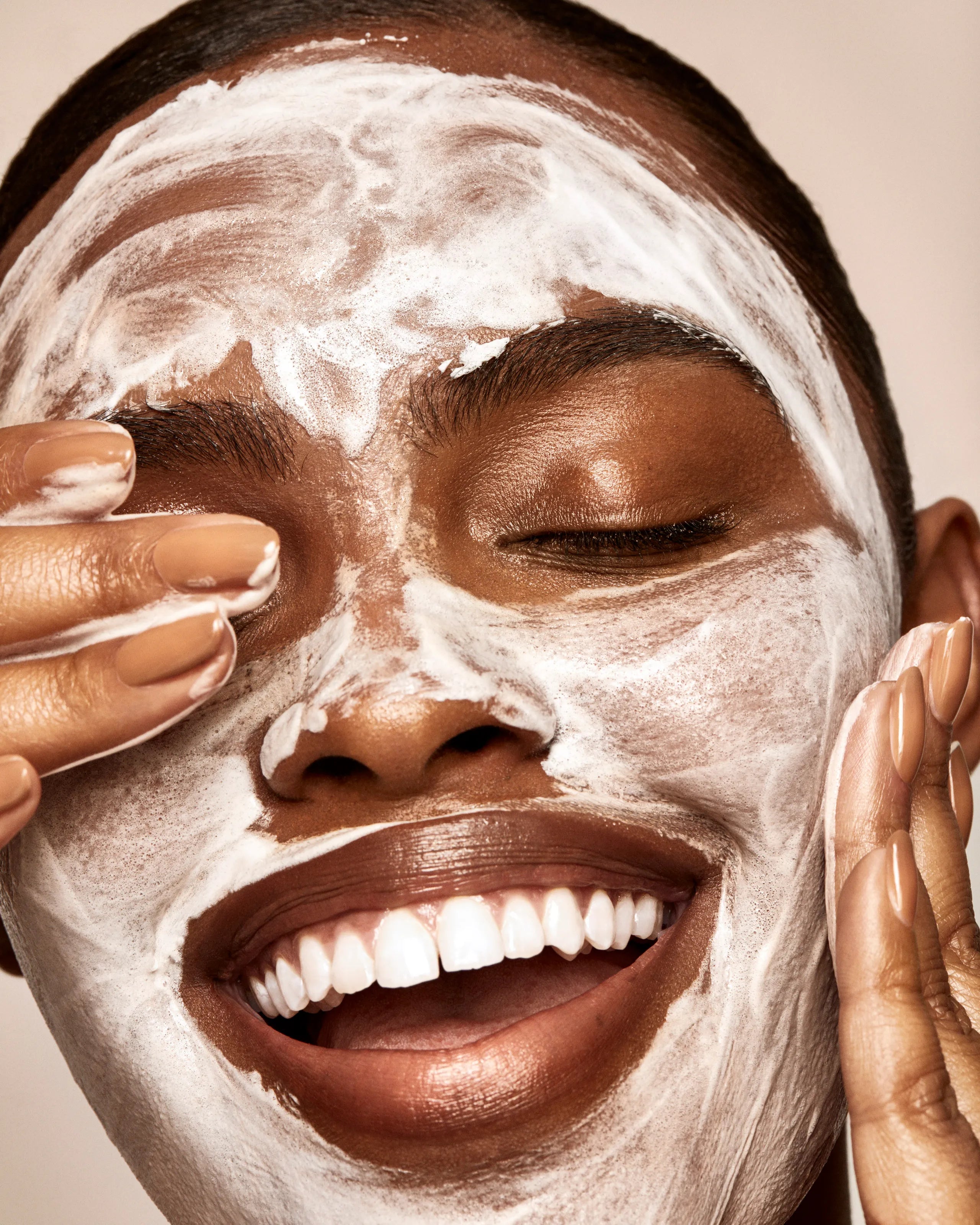How to Exfoliate and Why It’s Important
Exfoliation is a crucial step in any skincare routine, yet it’s often misunderstood or overlooked. If you're looking to achieve radiant, smooth skin, understanding how and why to exfoliate is essential. Here’s a comprehensive guide on the benefits of exfoliation and how to do it correctly.
What is Exfoliation?
Exfoliation is the process of removing dead skin cells from the surface of your skin. These dead cells can accumulate over time, leading to a dull complexion, clogged pores, and even breakouts. Regular exfoliation helps to reveal fresh, new skin underneath and promotes a healthy, glowing appearance.
Why is Exfoliation Important?
-
Improves Skin Texture and Tone: By sloughing off dead skin cells, exfoliation smooths out the skin’s surface, making it feel softer and more even-toned. This is especially beneficial for those with rough patches, dry skin, or hyperpigmentation.
-
Unclogs Pores: Dead skin cells can build up and block pores, leading to blackheads, whiteheads, and acne. Exfoliation helps to clear out these blockages, reducing the likelihood of breakouts and keeping your skin clear.
-
Enhances Product Absorption: When you remove the layer of dead skin, your skincare products can penetrate more deeply and work more effectively. This means your serums, moisturizers, and treatments are better absorbed, maximizing their benefits.
-
Stimulates Collagen Production: Regular exfoliation encourages cell turnover and stimulates collagen production, which is vital for maintaining skin elasticity and reducing the appearance of fine lines and wrinkles.
-
Prevents Ingrown Hairs: For those who shave or wax, exfoliation can help prevent ingrown hairs by removing dead skin cells that can trap hairs beneath the skin’s surface.
How to Exfoliate Properly
Exfoliation can be done in two main ways: physical exfoliation and chemical exfoliation. It’s important to choose the right method for your skin type and concerns.
-
Physical Exfoliation:
- What it is: Involves using a scrub or tool to physically remove dead skin cells. Common options include facial scrubs, exfoliating brushes, or sponges.
- How to do it: Apply the exfoliant to damp skin and gently massage in circular motions for about 30 seconds. Avoid applying too much pressure to prevent irritation. Rinse thoroughly with lukewarm water.
- Best for: Those with normal to oily skin. Sensitive or acne-prone skin types should use with caution to avoid irritation.
-
Chemical Exfoliation:
- What it is: Uses acids or enzymes to dissolve dead skin cells. Popular ingredients include alpha hydroxy acids (AHAs) like glycolic acid, beta hydroxy acids (BHAs) like salicylic acid, and enzymes like papaya extract.
- How to do it: Apply the chemical exfoliant according to the product instructions, usually after cleansing and before moisturizing. Start with a lower concentration and gradually increase as your skin builds tolerance.
- Best for: Those with sensitive skin, acne, or uneven texture, as chemical exfoliants can be less abrasive and more targeted.
How Often Should You Exfoliate?
The frequency of exfoliation depends on your skin type and the product you’re using. As a general guideline:
- Sensitive Skin: Once a week
- Normal to Dry Skin: 1-2 times a week
- Oily or Acne-Prone Skin: 2-3 times a week
Over-exfoliating can lead to redness, irritation, and a compromised skin barrier, so it's important to listen to your skin and adjust accordingly.
Tips for Safe Exfoliation
- Patch Test: Before trying a new exfoliant, do a patch test on a small area of your skin to check for any adverse reactions.
- Moisturize: Always follow up exfoliation with a good moisturizer to hydrate and protect your freshly revealed skin.
- Sunscreen: Exfoliation can make your skin more sensitive to the sun, so it’s crucial to apply a broad-spectrum sunscreen with at least SPF 30 during the day.

